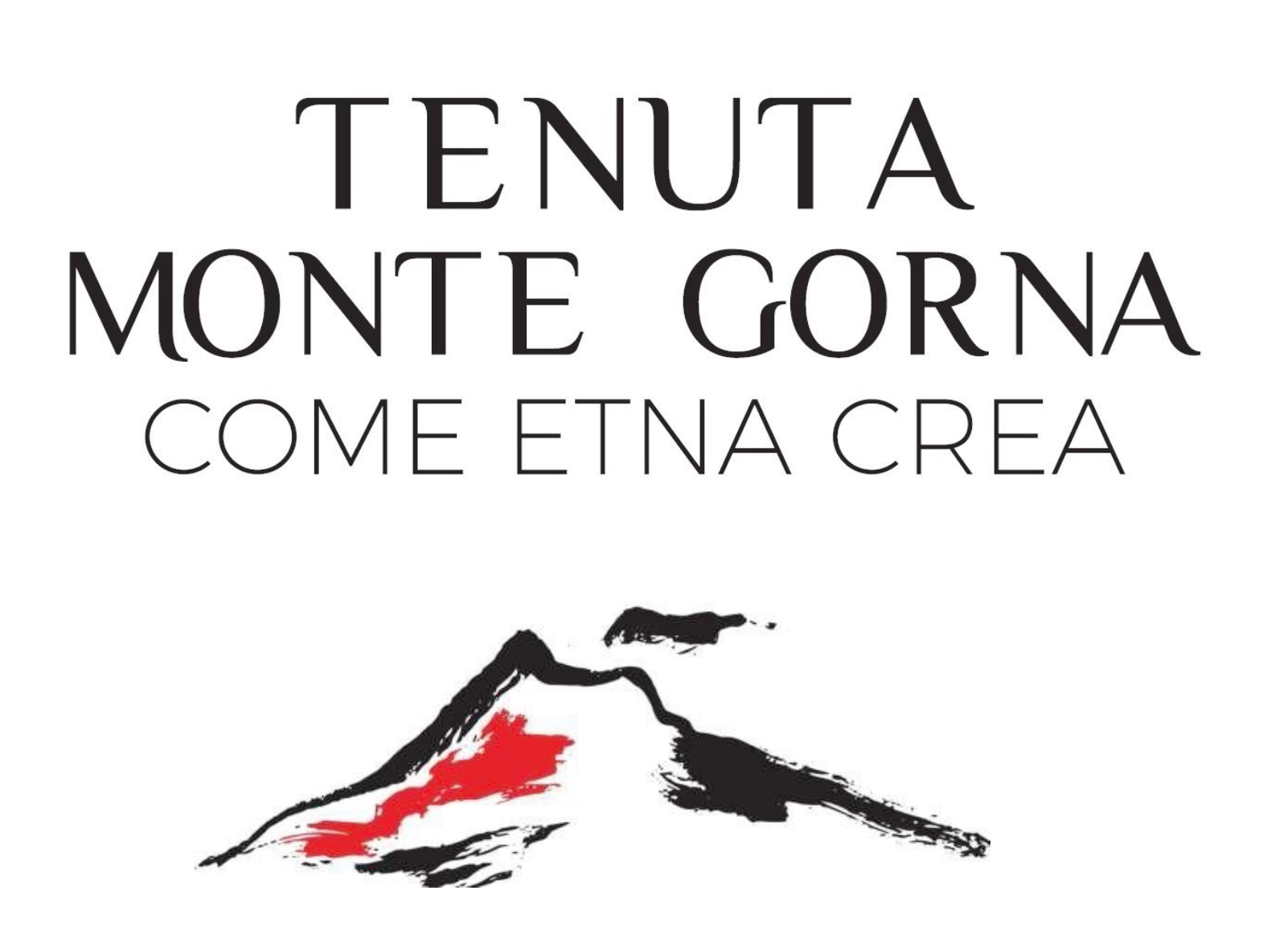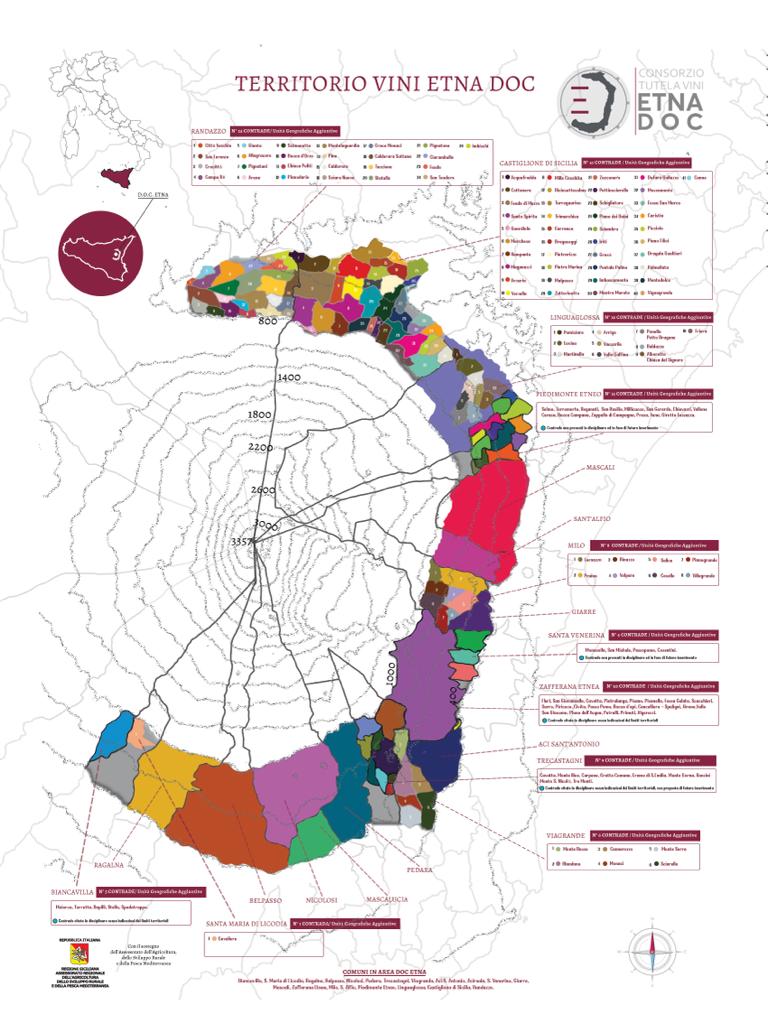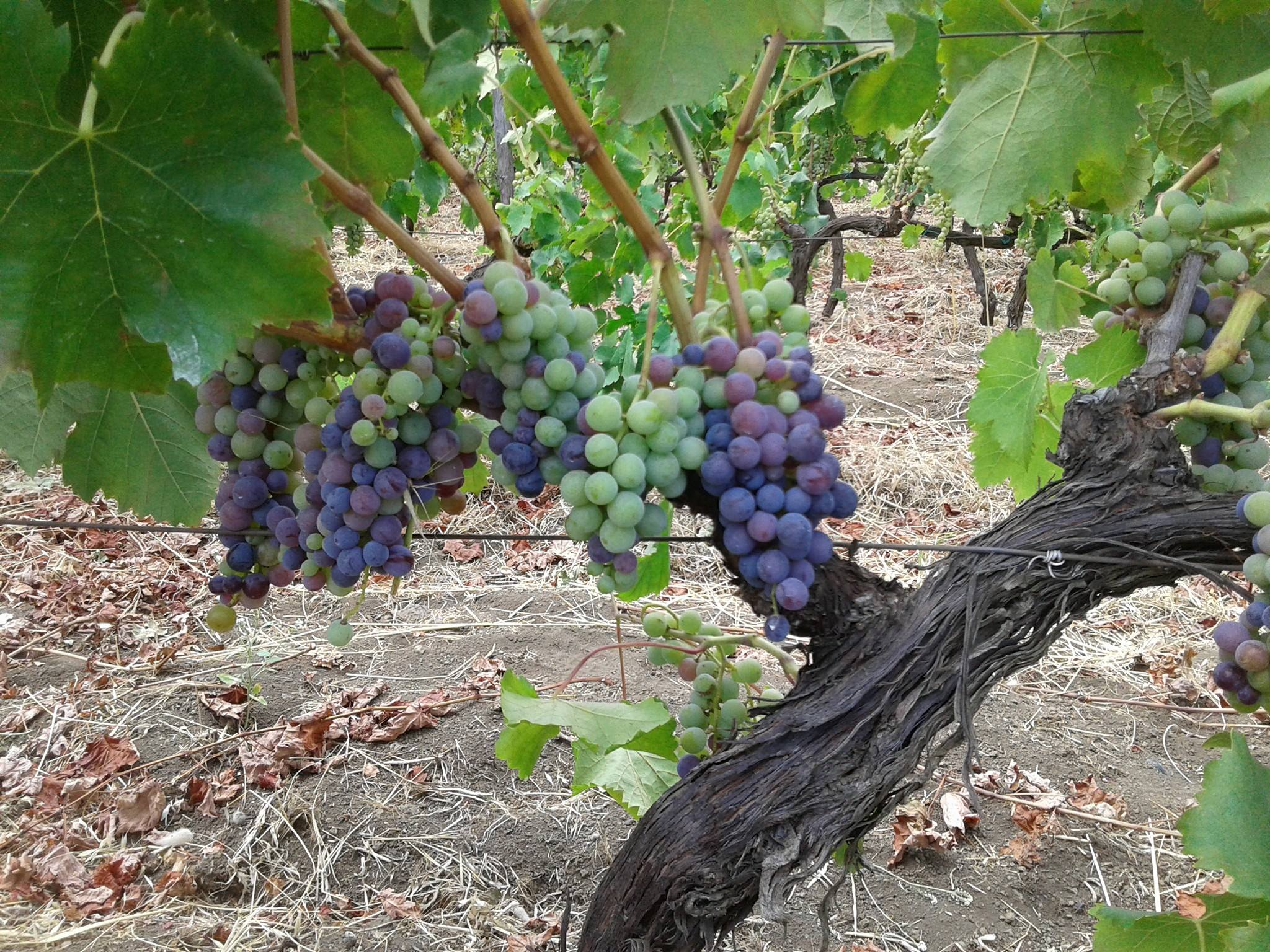A TAPESTRY OF TERROIR AND TRADITION
A TAPESTRY OF TERROIR AND TRADITION
History: Etna’s winemaking legacy is as ancient as the slopes it’s cultivated on. From the Greeks and Romans recognizing Etna’s potential for viticulture, to the monastic orders of the Middle Ages refining the craft, the tradition of winemaking has been interwoven with Etna’s rich history for millennia.
Soil: The volcanic soils of Etna, enriched by millennia of eruptions, are a unique blend of minerals, lava formations, and ash. This intricate mix provides exceptional drainage and a wealth of nutrients, influencing the grapes’ distinct mineral-rich profile.
Volcano: Mount Etna, Europe’s largest active volcano, plays a pivotal role in shaping both the landscape and the wines of the region. Its eruptions over time have gifted the vineyards with a diverse and mineral-rich terroir, creating wines of unparalleled character.
Climate: Benefitting from the Mediterranean sun and the altitude of the mountain, Etna enjoys warm days and cooler nights. This diurnal shift ensures slow and steady grape maturation, leading to wines with balanced sugars, acidity, and intricate flavor profiles.
People: The heart of Etna wines lies with its people. Generations of winemakers, nurtured by the tales of their ancestors, bring passion, skill, and respect for the land to the winemaking process. Their dedication translates into wines that tell a story with every sip.
Wineries: While many wineries contribute to Etna’s wine legacy, a select few have gained notable recognition:
ETNA WINE GRAPE VARIETIES
The slopes of Mount Etna, an active stratovolcano on the east coast of Sicily, Italy, are not just famous for their volcanic activities, but also for the unique wine grape varieties that grow there. The volcanic soil, combined with the region’s microclimate, creates a distinct terroir that contributes to the uniqueness of Etna wines. In this essay, we will explore the main grape varieties cultivated in the Etna wine region.
The slopes of Mount Etna, an active stratovolcano on the east coast of Sicily, Italy, are not just famous for their volcanic activities, but also for the unique wine grape varieties that grow there. The volcanic soil, combined with the region’s microclimate, creates a distinct terroir that contributes to the uniqueness of Etna wines. In this essay, we will explore the main grape varieties cultivated in the Etna wine region.
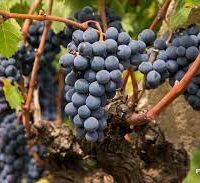
NERELLO MASCALESE
This is the most prominent red grape variety in the Etna region. It’s often compared to Pinot Noir and Nebbiolo because of its finesse and ability to convey terroir. Wines made from Nerello Mascalese usually have a medium body, with flavors of cherry, strawberry, and floral notes. The volcanic soils give it a particular minerality, while the altitude brings freshness and acidity to the wines.
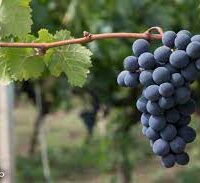
NERELLO CAPPUCCIO
Often grown alongside Nerello Mascalese, this grape variety is typically used in blends, making up a smaller proportion of the wine. It offers darker fruit flavors and can add color and body to a wine. Nerello Cappuccio is less tannic than Nerello Mascalese and can bring a softer texture to wines.
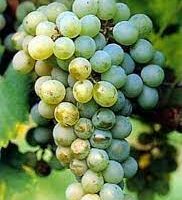
CARRICANTE
This is the star white grape variety of the Etna region. Carricante produces wines with high acidity and distinctive mineral flavors due to the volcanic soils. It’s known for its citrus and green apple notes, sometimes with a hint of herbal character. Carricante wines can age gracefully, gaining complexity over time.
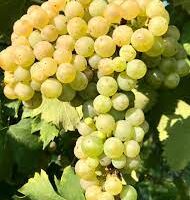
CATARRATTO
Another white variety, Catarratto is more widespread throughout Sicily, but in Etna, it’s sometimes blended with Carricante to add more body and fruity flavors. Alone, Catarratto can produce wines with a robust structure, tropical fruit notes, and a slightly bitter finish.
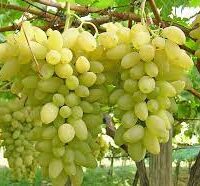
MINELLA
This is both a red and white grape variety (Minella Nera for red and Minella Bianca for white). They are ancient and almost forgotten varieties native to the Etna region. Today, a few producers are working on reviving them. Minella wines are typically light-bodied and aromatic, with the white showcasing citrusy notes and the red offering soft red fruit flavors.

OTHER VARIETIES
While the aforementioned grapes are the primary ones associated with the Etna region, there are other lesser-known varieties being cultivated, such as Inzolia and Grecanico. These varieties are more common in other parts of Sicily but are making a small appearance in Etna due to experimentation by local vintners.
WINERIES



